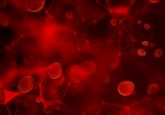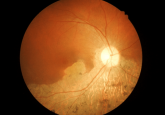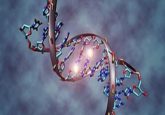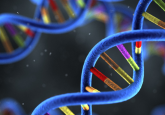Revealing the Goldilocks within your cells
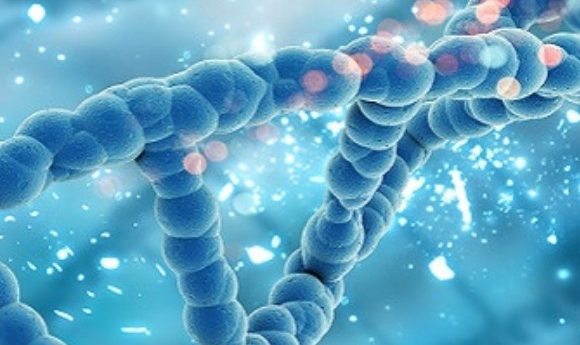
DNA would measure approximately 2 meters if extended, yet it folds and fits neatly into the tiny cell nucleus. New research reveals the physics behind DNA folding.
Our diverse repertoire of antibodies is generated by remote genomic interactions involving immunoglobulin gene segments. However, how those interactions occur the way they do, and when they do is unknown. To clarify matters, researchers from the Divisions of Physical and Biological Sciences at UC San Diego (CA, USA) analyzed DNA folding and motion inside murine B lymphocytes.
They demonstrated that immunoglobin variable (V) and immunoglobin diversity-joining (DJ) gene segments are ‘trapped’ in their configuration, meaning if they were initially close or distant, they remained so. However, abrupt changes in V and DJ motion can and do occur.
Comparing experimental and simulated data led the team to conclude that this initial entrapment is a result of a prison of cross-linked chromatin chains that are characteristic of a ‘gel phase’, yet ‘poised near the sol phase’ – that is, a solution of independent chromatin chains.
Just like Goldilocks’ porridge had to be ‘just right’, the amount of cross-links has to be ‘just right’ to maintain the timing of genomic interactions.
The group theorized that proximity to the sol-gel phase transition explains how the genome can possess both stability and responsiveness with the nucleus at the same time.
“This finding points to a general physical principle of chromosomal organization, which has important implications for many key processes in biology, from antibody production to tissue differentiation,” explained Olga Dudko, a theoretical biophysicist and one of the study authors.
-
A map to the center of the cell
-
Using genetic variation to map the human genome
-
Closing the loop on genome folding
The results suggest that the packaging of DNA within a nucleus could affect the cell’s fate – whether it becomes a live or diseased cell.
“We have rigorous theories from physics – abstract principles and mathematical equations. We have state-of-the-art experiments on biology – innovative tracking of gene segments in live mammalian cell nuclei,” noted Yaojun Zhang, another study author.
“It really amazes and excites me when the two aspects merge coherently into one story, where physics is not just a tool to describe the dynamics of gene segments, but helps to pinpoint the physical state of the genome, and further sheds light on the impact of the physical properties of this state on its biological function.”

